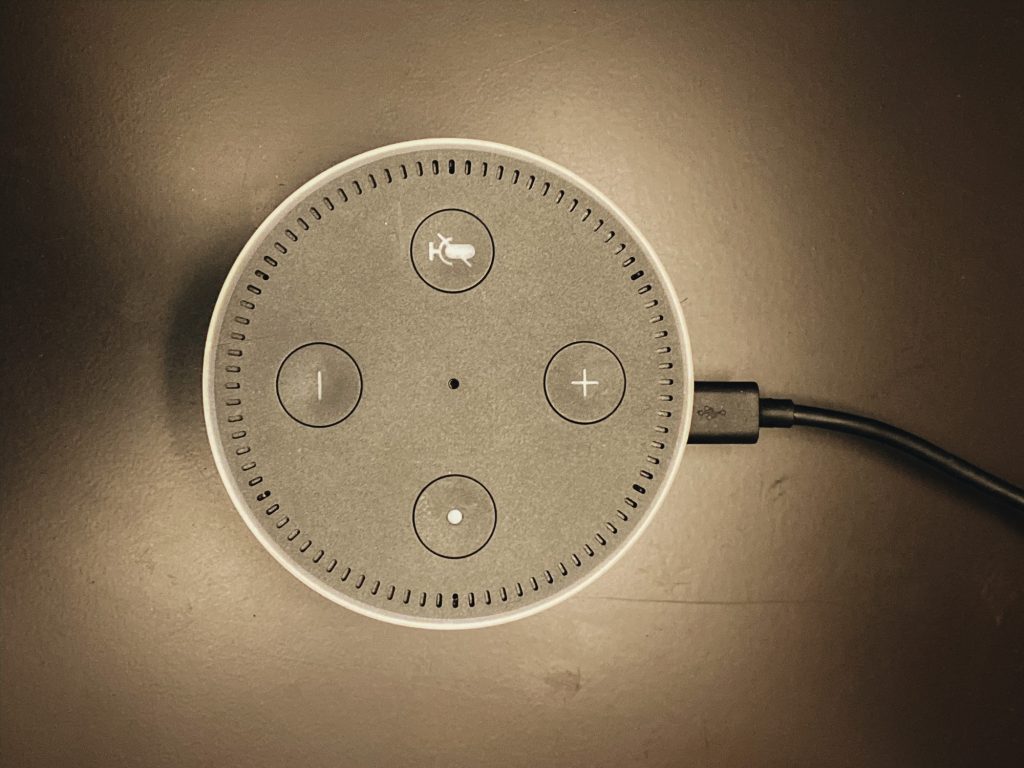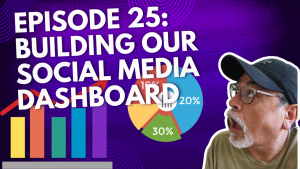Half of all “find a florist near me” requests now occur out loud rather than on a keyboard; yet most neighborhood merchants still write copy for screens, not Siri. That mismatch matters because assistants choose a single answer, not a ten-link list, forcing brands to fight for the microphone instead of the mouse. Voice adoption is no fringe fad; in 2025 roughly 8.4 billion voice assistants are in use worldwide, and 76 percent of voice queries involve near me searches for local businesses (Demandsage, 2025). For independent retailers the stakes are clear, master voice search optimization, integrate voice search SEO discipline, embrace smart speaker SEO tactics, and surface the right conversational keywords before a competitor becomes the only answer customers ever hear.

Consumers Talk, Algorithms Listen
Academic evidence shows that spoken queries differ in both length and intent. Ahn’s United States survey found perceived usefulness and ease of use strongly predict willingness to rely on voice search when time pressure is high (Ahn, 2023). Bălan’s systematic review confirms that voice assistants collapse the funnel by moving shoppers from awareness to purchase in a single utterance, compressing traditional click paths (Bălan, 2023). These behavioral shifts explain why smart speakers now account for a measurable share of local revenue: businesses visible to voice get chosen first, while those absent become invisible.
Conversational Keywords Rewrite Search Intent
People speak naturally, “Who delivers roses before noon?”, instead of typing “same-day roses Denver.” Codina Bonilla and Lópezosa interviewed thirty-two SEO and journalism experts and concluded that optimizing for interrogative, full-sentence patterns is central to future visibility (Codina Bonilla & Lópezosa, 2023). That finding aligns with search-engine analytics from Search Engine Land, which reports that voice snippets average twenty-nine words and favor direct, complete answers (Chingwe, 2025). Effective voice search SEO therefore begins with harvesting conversational keywords from customer-service transcripts, FAQ pages, and chat logs, then weaving them into headings and schema so machines recognize intent instantly.
Smart Speaker SEO Starts With Structured Data
Smart assistants need context, not just text. CMSWire’s 2024 analysis shows Schema.org markup underpins how Google and Bing populate knowledge graphs that feed voice results; more than 72 percent of first-page winners now employ structured data (Mishra, 2024). Embedding Speakable and FAQ schema around store hours, categories, and local landmarks gives smart speaker SEO a technical foundation, and unlike ad spend, structured data keeps working after midnight.
Schema Tweaks Every Main-Street Website Can Handle
Employ multiple schemas in one sweep. Business owners can tag products, events, and reviews within a single JSON-LD block, reducing maintenance overhead. Keep answers short, assistants truncate responses over sixty words, so each FAQ entry should solve a question in two concise sentences. Refresh “near me” context by including intersections, transit stops, and neighborhood nicknames to help mapping algorithms link a spoken request with the correct storefront. These low-cost moves satisfy both crawlers and customers, fulfilling the promise of easy schema tweaks without enterprise budgets.

Field Notes From Ed Moore Florist
Denver’s Ed Moore Florist illustrates the payoff. After partnering with a local agency to add Answer Engine Optimization, essentially advanced voice search optimization, the shop updated its Google Business profile with structured hours, inserted florist-specific Speakable tags, and rewrote product pages around wedding-day questions brides actually ask. Within eight weeks customer orders climbed 25 percent, with new traffic arriving from adjacent ZIP codes the shop had never served (Bloomerang Solutions, 2025). Crucially, not a dollar went to paid ads; the lift came from becoming Alexa’s default answer to “Who delivers funeral lilies near me?”
Turning Voice Leads Into Door Shoppers
Landing in a voice result is only step one. Shoppers still need a reason to visit. Staff who answer calls triggered by voice leads should mirror the assistant’s tone: concise, courteous, and centered on next-step logistics. Research on older adults’ interactions with voice assistants finds clarity and emotional reassurance drive follow-through behavior (Cao, et al., 2024). Scripts that start with “I see Siri sent you our way, how can I help right now?” extend the conversational thread and reduce drop-offs between query and purchase.
Measuring Impact Where Walk-Ins Matter
Voice platforms offer scant analytics, so brick-and-mortar owners track three proxy metrics: map-pack impressions, branded near me queries, and coupon codes spoken by assistants. Bloomerang’s florist case demonstrates how tying promo codes to voice-driven orders isolates revenue lift, proving voice search optimization pays rent (Bloomerang Solutions, 2025). Combining those figures with in-store foot-traffic counters closes the data loop that traditional SEO reports overlook.
Continuous Voice Search Optimization In The Cookieless Era
Cookie deprecation limits retargeting, but voice answers thrive on fresh, structured facts. Regularly update product availability, holiday hours, and COVID-era service options in schema and Google Business attributes. Bălan’s review notes that brands maintaining current knowledge-graph data enjoy compounding visibility because assistants favor certainty over speculation (Bălan, 2023). Align updates with seasonal inventory swings, Mother’s Day bouquets or back-to-school shoe sizes—to stay top-of-mind and top-of-voice.
Making The Local Web Audible
Users no longer scroll; they listen. For main-street merchants that reality turns search into a winner-take-all sound bite. By pairing structured data with conversational keywords, refining customer scripts, and tracking results against footfalls, not clicks, stores can own the answer box that lives inside every kitchen speaker and car dashboard. The strategy demands rigor, yet the tools are cheap, and the results mirror the Ed Moore outcome: more orders, wider reach, and a business literally spoken of across town. Embrace voice search optimization today, and tomorrow’s customers will ask for you by name before they ever tap a screen.





































